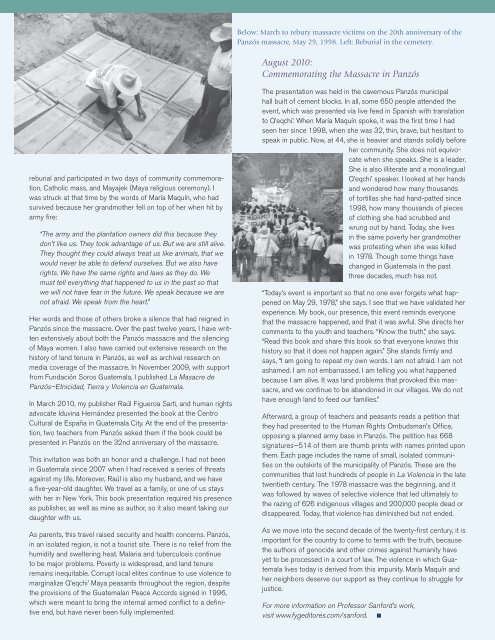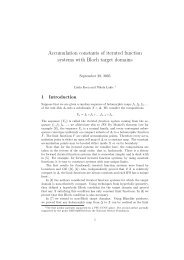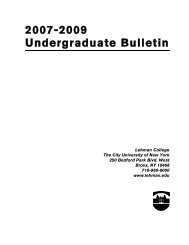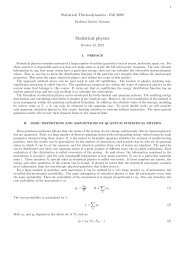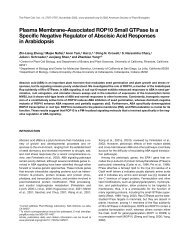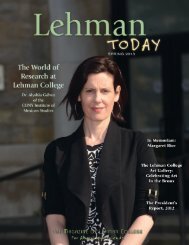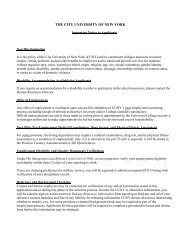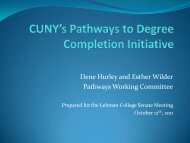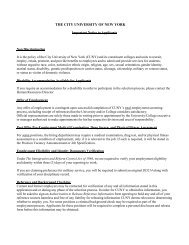Create successful ePaper yourself
Turn your PDF publications into a flip-book with our unique Google optimized e-Paper software.
Below: March to rebury massacre victims on the 20th anniversary of the<br />
Panzós massacre, May 29, 1998. Left: Reburial in the cemetery.<br />
August 2010:<br />
Commemorating the Massacre in Panzós<br />
reburial and participated in two days of community commemoration,<br />
Catholic mass, and Mayajek (Maya religious ceremony). I<br />
was struck at that time by the words of María Maquín, who had<br />
survived because her grandmother fell on top of her when hit by<br />
army fire:<br />
“The army and the plantation owners did this because they<br />
don’t like us. They took advantage of us. But we are still alive.<br />
They thought they could always treat us like animals, that we<br />
would never be able to defend ourselves. But we also have<br />
rights. We have the same rights and laws as they do. We<br />
must tell everything that happened to us in the past so that<br />
we will not have fear in the future. We speak because we are<br />
not afraid. We speak from the heart.”<br />
Her words and those of others broke a silence that had reigned in<br />
Panzós since the massacre. Over the past twelve years, I have written<br />
extensively about both the Panzós massacre and the silencing<br />
of Maya women. I also have carried out extensive research on the<br />
history of land tenure in Panzós, as well as archival research on<br />
media coverage of the massacre. In November 2009, with support<br />
from Fundación Soros Guatemala, I published La Masacre de<br />
Panzós–Etnicidad, Tierra y Violencia en Guatemala.<br />
In March 2010, my publisher Raúl Figueroa Sarti, and human rights<br />
advocate Iduvina Hernández presented the book at the Centro<br />
Cultural de España in Guatemala City. At the end of the presentation,<br />
two teachers from Panzós asked them if the book could be<br />
presented in Panzós on the 32nd anniversary of the massacre.<br />
This invitation was both an honor and a challenge. I had not been<br />
in Guatemala since 2007 when I had received a series of threats<br />
against my life. Moreover, Raúl is also my husband, and we have<br />
a five-year-old daughter. We travel as a family, or one of us stays<br />
with her in New York. This book presentation required his presence<br />
as publisher, as well as mine as author, so it also meant taking our<br />
daughter with us.<br />
As parents, this travel raised security and health concerns. Panzós,<br />
in an isolated region, is not a tourist site. There is no relief from the<br />
humidity and sweltering heat. Malaria and tuberculosis continue<br />
to be major problems. Poverty is widespread, and land tenure<br />
remains inequitable. Corrupt local elites continue to use violence to<br />
marginalize Q’eqchi’ Maya peasants throughout the region, despite<br />
the provisions of the Guatemalan Peace Accords signed in 1996,<br />
which were meant to bring the internal armed conflict to a definitive<br />
end, but have never been fully implemented.<br />
18 <strong>Lehman</strong> Today/<strong>Spring</strong> <strong>2011</strong><br />
The presentation was held in the cavernous Panzós municipal<br />
hall built of cement blocks. In all, some 650 people attended the<br />
event, which was presented via live feed in Spanish with translation<br />
to Q’eqchi’. When María Maquín spoke, it was the first time I had<br />
seen her since 1998, when she was 32, thin, brave, but hesitant to<br />
speak in public. Now, at 44, she is heavier and stands solidly before<br />
her community. She does not equivocate<br />
when she speaks. She is a leader.<br />
She is also illiterate and a monolingual<br />
Q’eqchi’ speaker. I looked at her hands<br />
and wondered how many thousands<br />
of tortillas she had hand-patted since<br />
1998, how many thousands of pieces<br />
of clothing she had scrubbed and<br />
wrung out by hand. Today, she lives<br />
in the same poverty her grandmother<br />
was protesting when she was killed<br />
in 1978. Though some things have<br />
changed in Guatemala in the past<br />
three decades, much has not.<br />
“Today’s event is important so that no one ever forgets what happened<br />
on May 29, 1978,” she says. I see that we have validated her<br />
experience. My book, our presence, this event reminds everyone<br />
that the massacre happened, and that it was awful. She directs her<br />
comments to the youth and teachers. “Know the truth,” she says.<br />
“Read this book and share this book so that everyone knows this<br />
history so that it does not happen again.” She stands firmly and<br />
says, “I am going to repeat my own words. I am not afraid. I am not<br />
ashamed. I am not embarrassed. I am telling you what happened<br />
because I am alive. It was land problems that provoked this massacre,<br />
and we continue to be abandoned in our villages. We do not<br />
have enough land to feed our families.”<br />
Afterward, a group of teachers and peasants reads a petition that<br />
they had presented to the Human Rights Ombudsman’s Office,<br />
opposing a planned army base in Panzós. The petition has 668<br />
signatures—514 of them are thumb prints with names printed upon<br />
them. Each page includes the name of small, isolated communities<br />
on the outskirts of the municipality of Panzós. These are the<br />
communities that lost hundreds of people in La Violencia in the late<br />
twentieth century. The 1978 massacre was the beginning, and it<br />
was followed by waves of selective violence that led ultimately to<br />
the razing of 626 indigenous villages and 200,000 people dead or<br />
disappeared. Today, that violence has diminished but not ended.<br />
As we move into the second decade of the twenty-first century, it is<br />
important for the country to come to terms with the truth, because<br />
the authors of genocide and other crimes against humanity have<br />
yet to be processed in a court of law. The violence in which Guatemala<br />
lives today is derived from this impunity. María Maquín and<br />
her neighbors deserve our support as they continue to struggle for<br />
justice.<br />
For more information on Professor Sanford’s work,<br />
visit www.fygeditores.com/sanford.


